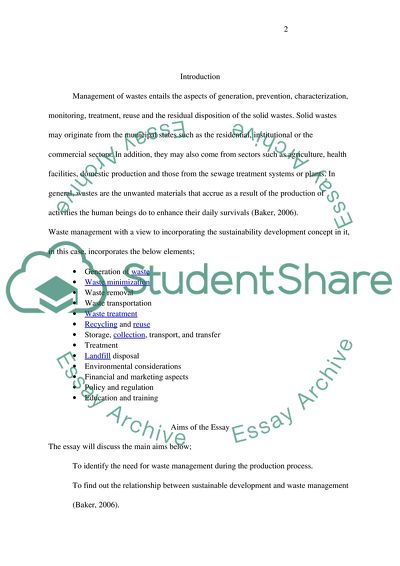Cite this document
(Waste Process and Sustainable Development Assignment, n.d.)
Waste Process and Sustainable Development Assignment. https://studentshare.org/environmental-studies/1864832-waste-process-and-sustainable-development
Waste Process and Sustainable Development Assignment. https://studentshare.org/environmental-studies/1864832-waste-process-and-sustainable-development
(Waste Process and Sustainable Development Assignment)
Waste Process and Sustainable Development Assignment. https://studentshare.org/environmental-studies/1864832-waste-process-and-sustainable-development.
Waste Process and Sustainable Development Assignment. https://studentshare.org/environmental-studies/1864832-waste-process-and-sustainable-development.
“Waste Process and Sustainable Development Assignment”. https://studentshare.org/environmental-studies/1864832-waste-process-and-sustainable-development.


